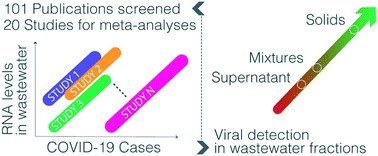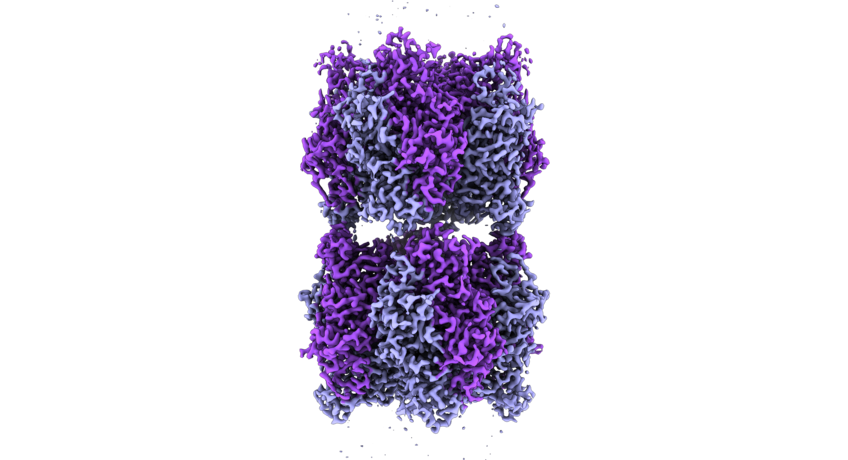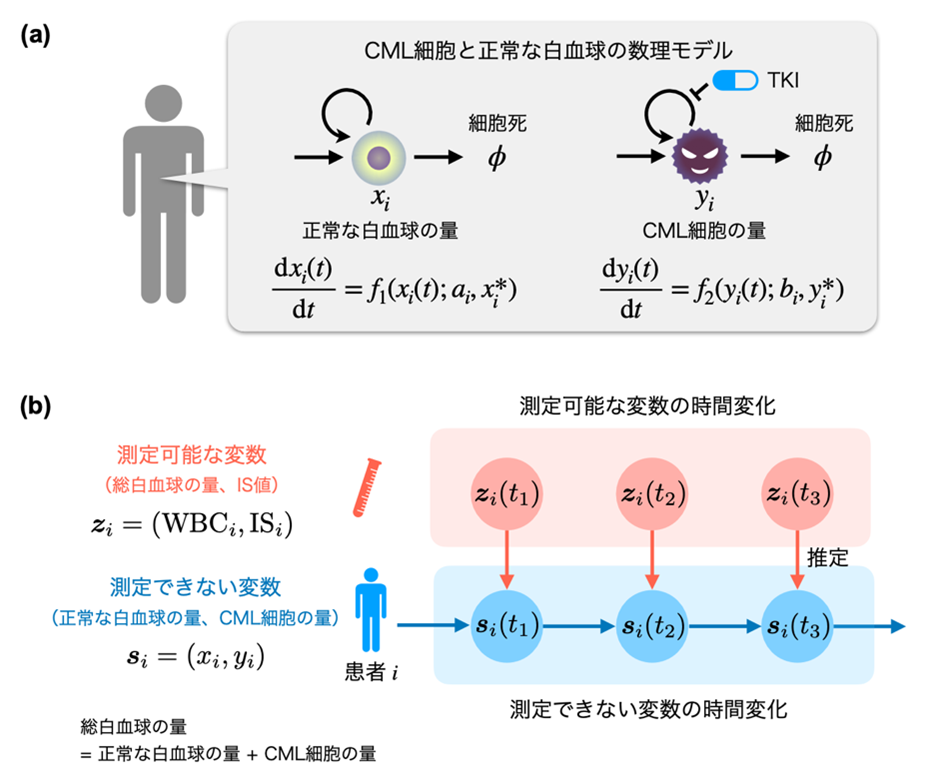メタアナリシスにより、疫学者とエンジニアの対話が促進される A meta-analysis helps epidemiologists, engineers talk to each other
2022-10-12 ワシントン大学セントルイス
研究チームは、世界中の排水に関する101の研究から着手し、メタ分析システマティックレビューとして知られる「研究の研究」の一種として、データを正確に組み合わせるために満たすべき共通の変数やその他の包括的基準を決定した。この種の研究では、研究者自身が収集したデータよりもはるかに多くのデータを用いて、ある問題を調査することができる。
記録された症例が増えれば増えるほど、下水道排水からより多くのウイルス物質が検出された。
<関連情報>
- https://source.wustl.edu/2022/10/before-test-results-signs-of-covid-19-are-in-water-systems/
- https://pubs.rsc.org/en/content/articlelanding/2022/ew/d2ew00084a
下水道排水中のSARS-CoV-2ウイルスRNA量と疫学的指標との相関に関するメタアナリシス。 Emerging investigator series: meta-analyses on SARS-CoV-2 viral RNA levels in wastewater and their correlations to epidemiological indicators
David Mantilla-Calderon, Kaiyu (Kevin) Huang, Aojie Li, Kaseba Chibwe, Xiaoqian Yu, Yinyin Ye, Lei Liu and Fangqiong Ling
Environmental Science, Water Research & Technology Published:04 May 2022
DOIhttps://doi.org/10.1039/D2EW00084A
Abstract
Background: recent applications of wastewater-based epidemiology (WBE) have demonstrated its ability to track the spread and dynamics of COVID-19 at the community level. Despite the growing body of research, quantitative synthesis of SARS-CoV-2 RNA levels in wastewater generated from studies across space and time using diverse methods has not been performed. Objective: the objective of this study is to examine the correlations between SARS-CoV-2 RNA levels in wastewater and epidemiological indicators across studies, stratified by key covariates in study methodologies. In addition, we examined the association of proportions of positive detections in wastewater samples and methodological covariates. Methods: we systematically searched the Web of Science for studies published by February 16th, 2021, performed a reproducible screening, and employed mixed-effects models to estimate the levels of SARS-CoV-2 viral RNA quantities in wastewater samples and their correlations to the case prevalence, the sampling mode (grab or composite sampling), and the wastewater fraction analyzed (i.e., solids, solid–supernatant mixtures, or supernatants/filtrates). Results: a hundred and one studies were found; twenty studies (671 biosamples and 1751 observations) were retained following a reproducible screening. The mean positivity across all studies was 0.68 (95%-CI, [0.52; 0.85]). The mean viral RNA abundance was 5244 marker copies per mL (95%-CI, [0; 16 432]). The Pearson correlation coefficients between the viral RNA levels and case prevalence were 0.28 (95%-CI, [0.01; 0.51]) for daily new cases or 0.29 (95%-CI, [-0.15; 0.73]) for cumulative cases. The fraction analyzed accounted for 12.4% of the variability in the percentage of positive detections, followed by the case prevalence (9.3% by daily new cases and 5.9% by cumulative cases) and sampling mode (0.6%). Among observations with positive detections, the fraction analyzed accounted for 56.0% of the variability in viral RNA levels, followed by the sampling mode (6.9%) and case prevalence (0.9% by daily new cases and 0.8% by cumulative cases). While the sampling mode and fraction analyzed both significantly correlated with the SARS-CoV-2 viral RNA levels, the magnitude of the increase in positive detection associated with the fraction analyzed was larger. The mixed-effects model treating studies as random effects and case prevalence as fixed effects accounted for over 90% of the variability in SARS-CoV-2 positive detections and viral RNA levels. Interpretations: positive pooled means and confidence intervals in the Pearson correlation coefficients between the SARS-CoV-2 viral RNA levels and case prevalence indicators provide quantitative evidence that reinforces the value of wastewater-based monitoring of COVID-19. Large heterogeneities among studies in proportions of positive detections, viral RNA levels, and Pearson correlation coefficients suggest a strong demand for methods to generate data accounting for cross-study heterogeneities and more detailed metadata reporting. Large variance was explained by the fraction analyzed, suggesting sample pre-processing and fractionation as a direction that needs to be prioritized in method standardization. Mixed-effects models accounting for study level variations provide a new perspective to synthesize data from multiple studies.



